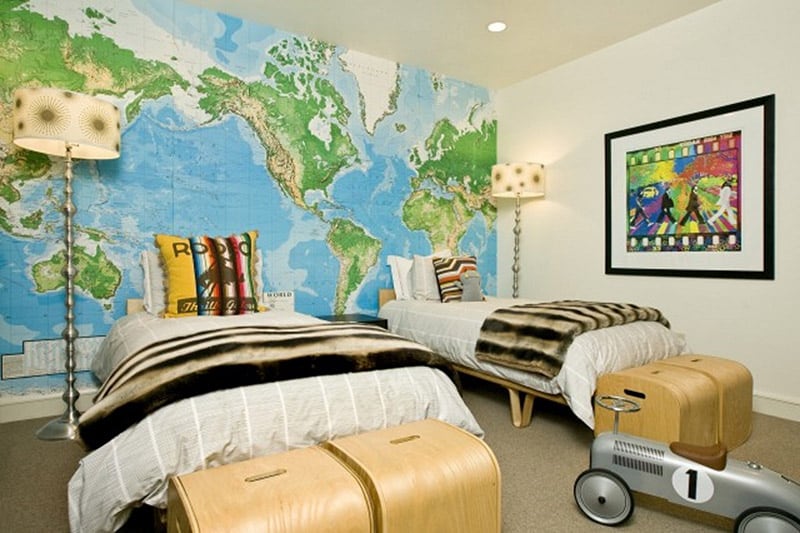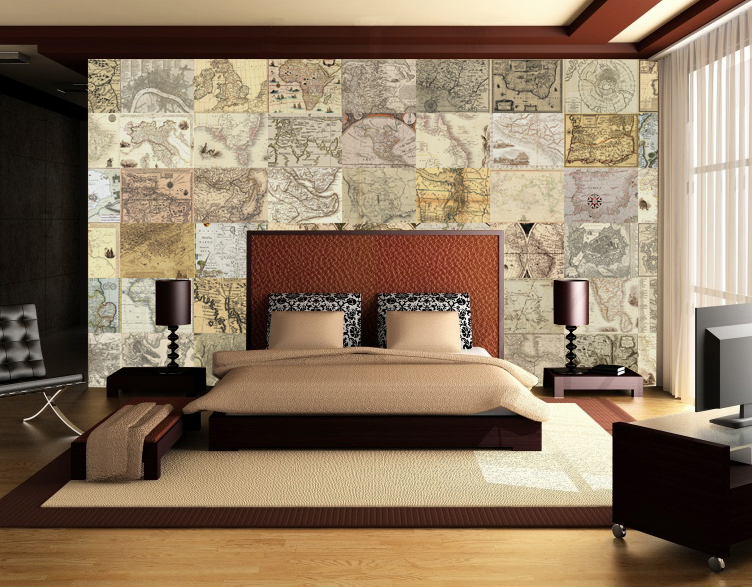

Double-click the Boolean Toggle component in order to set it to ‘True’ and run the simulation. Create a Params » Input » Boolean Toggle component and connect it to the ‘_run’ input.ĩ. Connect the ‘sol_body_par’ result of the LB Solar Body Parameters component to the ‘solar_body_par_’ input.Ĩ. Connect the ‘adapt_par’ result of the LB Adaptive Comfort Parameters component to the ‘comfort_par_’ input.ħ. Create a Vector » Vector » Unit Y component and connect the ‘unit vector’ result to the ‘north_’ input.Ħ. In this tutorial, the north vector will be set along the positive direction of the Y axis, facing the opposite direction of the aperture normal. Connect the ‘ddy_file’ output of the LB Download Weather component to the ‘_ddy’ input.ĥ. Connect the ‘epw_file’ output of the LB Download Weather component (created in Step 3C: Create & Run the Open Studio simulation) to the ‘_epw’ input.Ĥ. Connect the ‘model’ result from the HB Assign Grids and Views component to the ‘_model’ input.ģ. Create a HB- Energy » Thermal Map » HB Adaptive Comfort Map component.Ģ. Connect the grid result from the HB Sensor Grid from Rooms component to the grids_ input.ġ.


Connect the model result from the HB model component to the _model input.ħ. Create a HB-Radiance » Basic Properties » HB Assign Grids and Views component.Ħ. (We consider an intermediate value - 0.6m corresponds to a sedentary and 1.1m to a standing person.)ĥ. Use a Params » Input » Number Slider to define the _dist_floor input (number referring to the vertical distance between the sensor grid points and the HB room floor). Use a Params » Input » Number Slider to define the _grid_size input (size of sensor grid cells). Important to note: You should connect the HB model component as it was created it in Step 2C: Compose the HB model for the Energy simulation.ģ. Connect the model result from the HB model component to the '_rooms' input. Create a HB-Radiance » Basic Properties » HB Sensor Grid from Rooms component.Ģ.


 0 kommentar(er)
0 kommentar(er)
